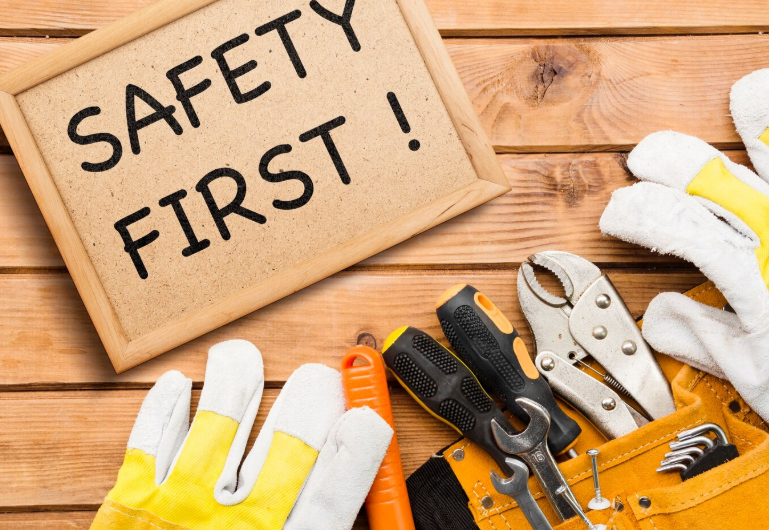Designing Safe & Compliant Factories: A Deep Dive into the Factories Act & Gujarat Factories Rules
Setting up a factory is not just about putting machinery in place and hiring workers. It’s a process that starts with a solid foundation—literally. The design, layout, and construction of a factory must comply with several statutory requirements. In India, two primary frameworks govern this process: The Factories Act, 1948 (a central legislation) and the Gujarat Factories Rules, 1963 (a state-specific extension).









